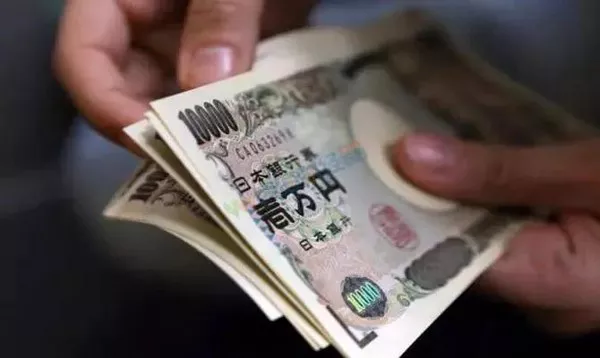The Japanese Yen (JPY) continued its downward trend during Wednesday’s Asian session, pushing the USD/JPY pair closer to the 150.00 psychological level. Market sentiment suggests that a tariff-driven economic slowdown could prompt the Bank of Japan (BoJ) to maintain its current policy stance, exerting pressure on the JPY. Additionally, positive momentum in Asian equity markets has further weighed on the safe-haven currency.
However, investors remain confident that the BoJ will proceed with interest rate hikes, driven by rising inflation in Japan. This expectation stands in stark contrast to speculation that the US Federal Reserve (Fed) will resume rate cuts later this year, a factor that could provide some support for the JPY. Meanwhile, a lack of strong upside momentum for the US Dollar (USD) may limit further gains for the USD/JPY pair.
JPY Faces Challenges Amid Trade Uncertainty and Risk-On Sentiment
Asian stock markets mirrored overnight gains on Wall Street as traders awaited US President Donald Trump’s announcement of reciprocal tariffs. Trump dispelled speculation that the levies would target only countries with significant trade imbalances, stating that the tariffs would apply broadly.
Concerns over the potential impact of these tariffs on Japan’s key industries have led investors to temper their expectations of aggressive monetary tightening by the BoJ. However, recent economic data—including strong consumer inflation figures from Tokyo—leaves the door open for further rate hikes, preventing deeper losses for the JPY.
In contrast, the Fed faces increasing pressure due to rising inflation and slowing business activity, raising concerns that the US economy may be heading toward stagflation. The ISM Manufacturing PMI dropped to 49.0 in March from 50.3, marking the first contraction in three months. Additionally, the Employment Index signaled an accelerating decline in manufacturing payrolls. The Job Openings and Labor Turnover Survey (JOLTS) also showed a drop in job openings from 7.76 million in January to 7.56 million in February.
Market expectations now indicate that the Fed could cut interest rates by 80 basis points before the end of the year, which has done little to support the USD. With a narrowing policy divergence between the BoJ and the Fed, downside risks for the JPY may be contained, limiting further advances for USD/JPY.
USD/JPY Technical Outlook
From a technical standpoint, USD/JPY has remained below the 100-period Simple Moving Average (SMA) since the beginning of the week. Although bullish traders may find opportunities, neutral oscillators suggest caution. Additionally, a recent breakdown from a multi-week ascending channel indicates the need for a strong buying signal before expecting any sustained gains.
The 150.25 level serves as an immediate resistance point. A clear break above this level could push USD/JPY toward the 150.75–150.80 range, followed by the 151.00 mark. If momentum persists, the next upside targets include the March swing high at 151.30, the 200-day SMA around 151.60, and eventually, the 152.00–152.50 zone.
On the downside, key support levels lie at the 100-period SMA (near 149.30–149.25), followed by the 149.00 mark and the weekly swing low at 148.70. A decisive break below these levels could trigger renewed selling pressure, reinforcing the broader downtrend observed over the past three months.
As traders await US economic data—including the ADP employment report and Factory Orders—alongside Trump’s tariff announcement, volatility in the USD/JPY pair is likely to persist.
Related Topics:




























